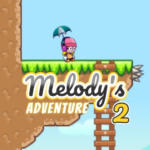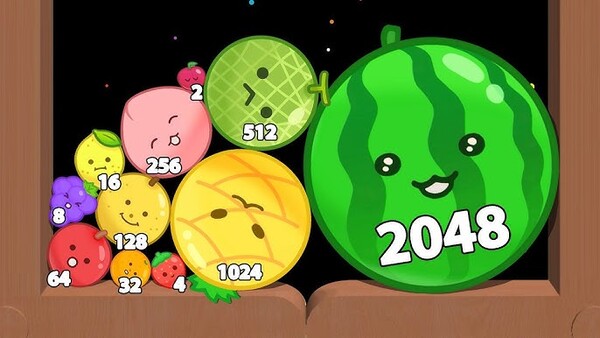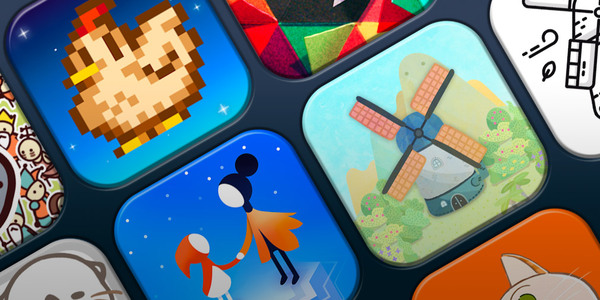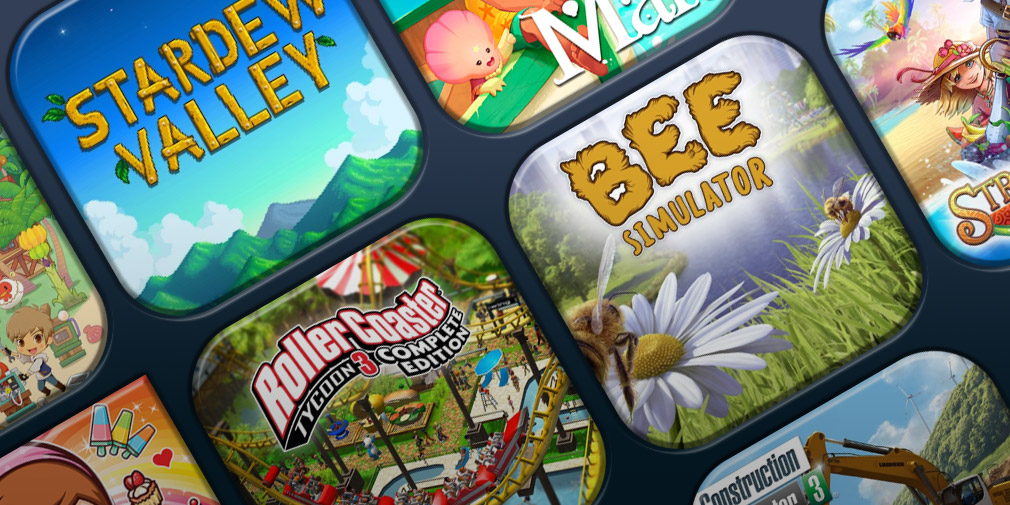R.E.P.O: Retrieve, Extract, and Profit – The Indie Horror Co‑Op That Took Steam by Storm
R.E.P.O. (Retrieve, Extract, and Profit Operation), developed and published by Swedish indie studio Semiwork, launched into Steam Early Access on February 26, 2025. Inspired by popular extraction-looter horror games like Lethal Company, it blends procedural generation, physics-based object handling, and proximity voice chat into a terrifying yet hilarious co-op experience. Despite a modest $9.99 price, it quickly soared to millions of downloads, earning near-universal acclaim.
In this in-depth analysis, we dive into R.E.P.O.’s gameplay, development journey, technical strengths, community impact, and future prospects. Whether you're a horror co-op veteran or a new adventurer, this article covers everything from enemy design to emergent chaos moments. We'll round it out with a comprehensive pros/cons section and final rating.
1. From Concept to Chaos: The Origins of R.E.P.O.
R.E.P.O. emerged from Semiwork's previous failure and budget constraints—prompting a pivot from single-player to co-op horror mid-development.
Indie Beginnings
-
Semiwork previously developed games like Voidigo but struggled financially.
-
With limited resources, the team decided to create a small-scale, fast-paced co-op horror game.
Discovery of Co-op Gold
-
Adding multiplayer physics and proximity chat transformed R.E.P.O.
-
What began as a limiting project became a chaotic, emergent experience focused on teamwork and trust.
This pivot was pivotal—what could’ve been forgotten became one of 2025’s breakout indie hits.
2. Procedural Maps and Roguelike Structure
R.E.P.O.'s missions take place in procedurally generated environments, offering unique layouts and replay value every session.
The Power of RNG
-
Rooms, loot spots, hazards, and monsters are randomized.
-
Each playthrough is unpredictable, keeping players on edge.
High-Stakes Survival
-
Missions are timed, and difficulty increases the longer you stay.
-
Failing or extracting affects monetary gains, encouraging smart risk-taking.
This design fosters replayability and keeps each extraction session fresh.
3. Physics-Based Object Handling: The Gravity-Gone-Wrong Mechanic
At the heart of R.E.P.O. lies its physics system—an unpredictable force lurking behind every object interaction.
Realistic Object Handling
-
Players mount a gravity-capture gun to lift and move items like pianos or vases.
-
Heavy or unwieldy loads may slip or collide, causing breakage.
Tool of Teamwork (or Disasters)
-
Extracting items often requires two players to coordinate lifts, navigate tight corridors, and avoid monsters.
-
One small mistake can cause a chain reaction of chaos, leading to hilarious or horrifying moments.
This mechanic elevates R.E.P.O. above typical looter shooters, emphasizing tension and collaboration.
4. Monster Design and Horror Tension
R.E.P.O.'s enemy roster ranges from silent watchers to aggressive hunters—each posing unique threats.
Creature Classes
-
Includes Clowns, Reapers, Headmen, Huntsmen, and Trudges.
-
Monsters respond variably to sound, light, and movement—some are aggressive, others more methodical.
Horror Atmosphere
-
Sound design is crucial: heavy breathing, object clangs, growls.
-
Proximity voice chat heightens tension—every scream or whisper is heard in real-time.
Fear in R.E.P.O. isn't scripted—it emerges from dynamic encounters and emergent chaos.
5. Co-op Communication and Emergent Gameplay
R.E.P.O. thrives on proximity chat, which encourages real-time coordination—or comedic failure.
Proximity Matters
-
You only hear what’s near you; quiet partners may reveal no threats.
-
Whispering strategy vs shouting panic can save lives—or doom the team.
Shared Stories
-
Players share hilarious narratives: dropped artifacts, monster ambushes, surprise escapes.
-
The community highlights memorable sessions via clips and memes .
This shared social space is R.E.P.O.’s heart—co-op isn’t optional, it’s essential.
6. Progression and Roguelite Economy
Between runs, players invest in upgrades that persist, adding depth to the loop .
Between-Runs Investments
-
Earned money unlocks new gear, tools, cosmetics, and weapon upgrades.
-
Adds strategic importance to each mission choice.
Risk vs Reward
-
Push harder for higher-tier loot but face stronger enemies and tougher environments.
-
Each run involves weighing greed against survival.
By balancing chance and strategic planning, the progression system promotes smarter play.
7. Real-Time Reception and Community Growth
The indie release became an overnight sensation on Steam thanks to word-of-mouth and viral streams
Explosive Growth
-
Over 13 million players and 145K concurrent users within weeks
-
“Overwhelmingly Positive” Steam reviews (96% approval)
Developer Transparency
-
FAQ states devs shifted due to budget constraints, embraced co-op horror.
-
Promised 6–12 months of Early Access updates with story, customizations, meta progression
Players embraced both the chaos and the promise of continued community-driven updates.
8. Technical Foundations: Unity & Photon
Under the hood, the game runs on Unity with Photon multiplayer networking
Performance and Accessibility
-
Runs well on mid-range PCs—helping broader adoption.
-
Physics engine remains stable even under stress, although fragility is part of the challenge.
Network Design
-
Photon powers up to 6-player sessions, with proximity voice chat baked in.
-
Server lobbies and matchmaking are being improved based on player feedback.
Stable tech allows seamless, chaotic sessions—core to R.E.P.O.’s reliable co-op experience.
9. Comparisons and Niche Positioning
R.E.P.O. draws comparisons to Lethal Company but has carved its own identity
Similarities and Differences
-
Shares co-op extraction roots, procedural maps.
-
Key differences:
-
Physics-based tool handling
-
Lighter visual aesthetic
-
Monster and progression variety
-
Indie Breakout Effect
“R.E.P.O. is hands-down the greatest indie horror multiplayer game ever…”
-
Outperformed big titles thanks to accessible pricing and viral appeal
It’s a standout example of how innovation within a known genre can lead to indie success.
10. Updates, Roadmap, and Future Potential
Semiwork plans significant updates over its 6–12 month Early Access period
Coming Features
-
Player/time-limited matchmaking improvements.
-
New maps, enemies, gear, story elements, and meta progression.
-
Continued community feedback and balancing.
Long-Term Outlook
-
Ambitious roadmap includes meta-progression systems.
-
With active development and player engagement, it could maintain strong retention.
R.E.P.O. doesn’t feel like vaporware—it’s built to grow alongside its player community.
Final Verdict: 9.0/10
| Category | Score |
|---|---|
| Innovation & Gameplay | 9.5 |
| Co‑op Experience & Voice‑Chat | 9.4 |
| Procedural Replayability | 9.0 |
| Technical Stability | 8.8 |
| Content Volume (EA Stage) | 8.2 |
| Community & Developer Support | 9.3 |
R.E.P.O. isn’t perfect—but it delivers one of the most memorable, social, physics-driven horror experiences to date. Its procedural extraction missions, proximity chat tension, and viral appeal set it apart from the pack, earning a spot among the best co-op indie titles of 2025.
For fans of chaotic gameplay and shared storytelling, R.E.P.O. is a must-play. Just don't bring your grandma—unless she's ready to sprint through a facility carrying a piano monster-in-tow.
































